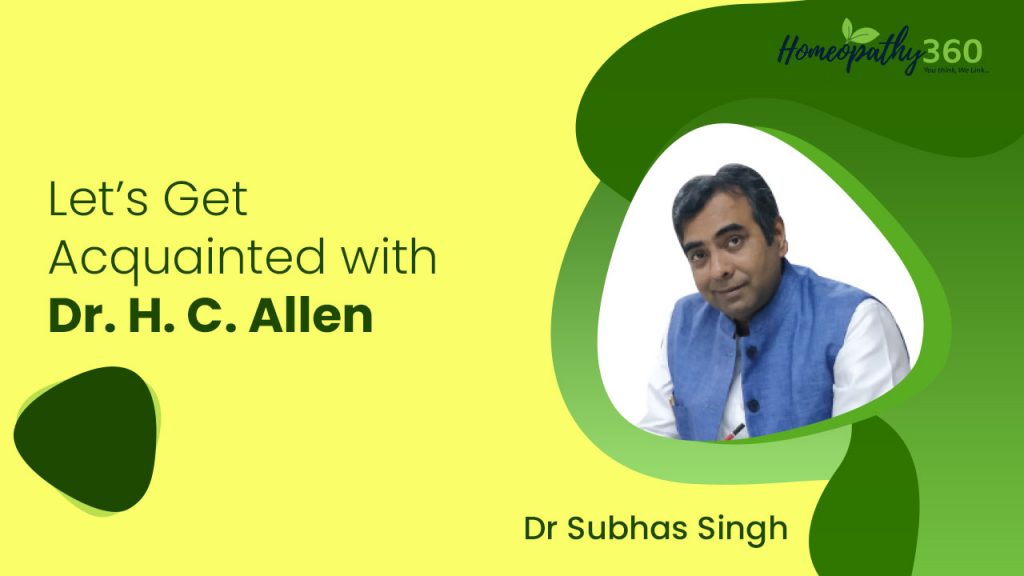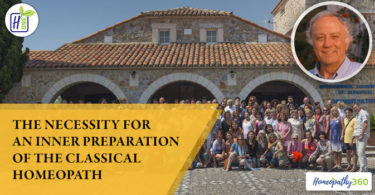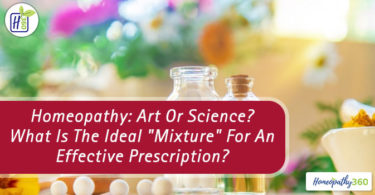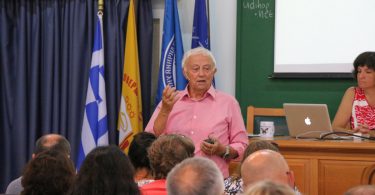
Dr. Henry C. Allen was born on 2nd October 1830 in village of Nilestown in London Ontario city in Canada. His father was Hugh Allen and mother Martha Billings Allen.Man of great grace and poise, Dr. Allen was amongst those who promulgated Hahnemann’s Homoeopathy.A pioneer who dedicated his life for enhancement of practical approach and applicationof Homoeopathy as taught by Hahnemann. He authored many books on specific disease conditions other than his masterpiece ‘Allen’s Keynotes’which mainly contains clinically verified symptoms of188 medicines.
EARLY LIFE AND EDUCATION
Allen received his early education from common grammar school in London Ontario where later on, he alsotaught for sometimes. Dr. Allen joined Western Homoeopathic College at Cleveland, Ohio (laterknown as Cleveland Homoeopathic College) for his medical studies and graduated in 1861. He did his further medical studies from College of Physicians and Surgeons in Canada.
Soon after completing his studies, he joined Union Army and served as a surgeon under General Grant. He also served as Civil War Surgeon in American Civil War till 1865.
LIFE AFTER AMERICAN CIVIL WAR
As soon as the war ended, Dr. Allen joined his alma-mater and started his career of Professor in Anatomy in Cleveland Homoeopathic College.He resigned from there and accepted the same chair in Hahnemann Medical College, Chicago.
Dr. Henry Allen married Miss Selina Louise Goold on 24th December 1867 in Ontario. They had two children Franklyn Lyman Allen and Helen Mariam Allen. Dr. Allen shifted to Detroit, Michigan in 1875 and he got appointed as Professor of Homoeopathic Materia Medica in University of Michigan in Ann Arbor from 1880 to 1885. Later he shifted to Chicago in 1890 and remained here for rest of his life.
DR. H. C. ALLEN AND HERING MEIDCAL COLLEGE
Dr. H.C. Allen along with other physicians started conducting small Materia Medica Clubs from winters of 1890 in Chicago where Hahnemann’s Homoeopathic philosophy was discussed and taughtalong with Homoeopathic Materia Medica. Dr. H.C. Allen was not only a senior member at this club but was also anactive figure at American Institute of Homoeopathy. Frequent meetings were held with five to twenty members of club in Town Hotel until all of them use to get acquainted with the law and principles of healing art.
It was until the annual meeting of International Hahnemannian Association in 1891 that the idea behind these clubs was decided to be given a bigger shape by forming a college which later came to known as the Hering Medical College. The meetings of Materia Medica Club ceased and meetings related to arrangement of faculty, finding a suitable building and decisions regarding course of the study started to take place. Promised to differ from crowd of many Homoeopathy colleges present at that time, Hering Medical College was found on the principles of Organon of Samuel Hahnemann, to teach pure Homoeopathy and philosophy along with modern medicine advancement by those who were first homoeopaths and second, specialists of the subject.
Likewise, Hering Medical College was opened in 1892 and Dr. H.C. Allen became the first dean of the institute. Hecontinued to teach Homoeopathic Materia Medica and Homoeopathic philosophy there till end of his lifetime.
DR. H. C. ALLEN AND HOMOEOPATHY
Along with writing numerous articles in various journals,Allen authored many highlyfamed books namely –Keynotes and Characteristics with comparisons of some of the leading remedies of the Materia Medica, The Homoeopathic Therapeutics of Intermittent fever, The Homoeopathic Therapeutics of FeverandMateria Medica of Nosodes. Therapeutics of Tuberculosis affections was written by Dr. R.R. Greggwhich was edited and enriched by Dr. H.C. Allen and published it under the title of Gregg on Consumption. He has also done revision of Boenninghausen’s Slip Repertoryby re-arranging itfor its rapid and proper utilisation.
Materia Medica of Nosodes written by him was published posthumously in the year 1910.This book includes 42 remedies including Dr. Bernard Fincke’s proving of the drug, X-ray.
He was one of the important member and founder of International Hahnemannian Association.He was the editor and publisher of Medical Advance for more than 10 years.
LATER LIFE
Dr. Allen was a peace-lovingperson. Despite of living amongst physicians of different zeal and zest he always maintained his calm, composed and generous nature. He was called upon by many people for his wise advice and suggestions when there used to be an upsurge of public opinion in establishing any organisation or institute.He used to travel miles to grace people with his presence and speech just for his love for Homoeopathy. He was one of the rare personality of his time who was widely respected as an academician, as a clinician and as person who raised his voice wherever he saw Homoeopathic principles were not followed or compromised.
Dr. Allen even died peacefully on 22nd January, 1909 while retiring at his home after returning from work. Suddenly, he started having breathing difficulty and soon unconsciousness followed and he passed into deeper and permanent sleep of his life.
About the Author:
Dr. Subhas Singh1, Dr. Dinesh Sura2, Dr. Vignesh K.2, Dr. Niharika Shaw2
- Director, National Institute of Homoeopathy, Kolkata
- Post Graduate Scholar, National Institute of Homoeopathy, Kolkata





